
 HMS VALENTINE
HMS VALENTINE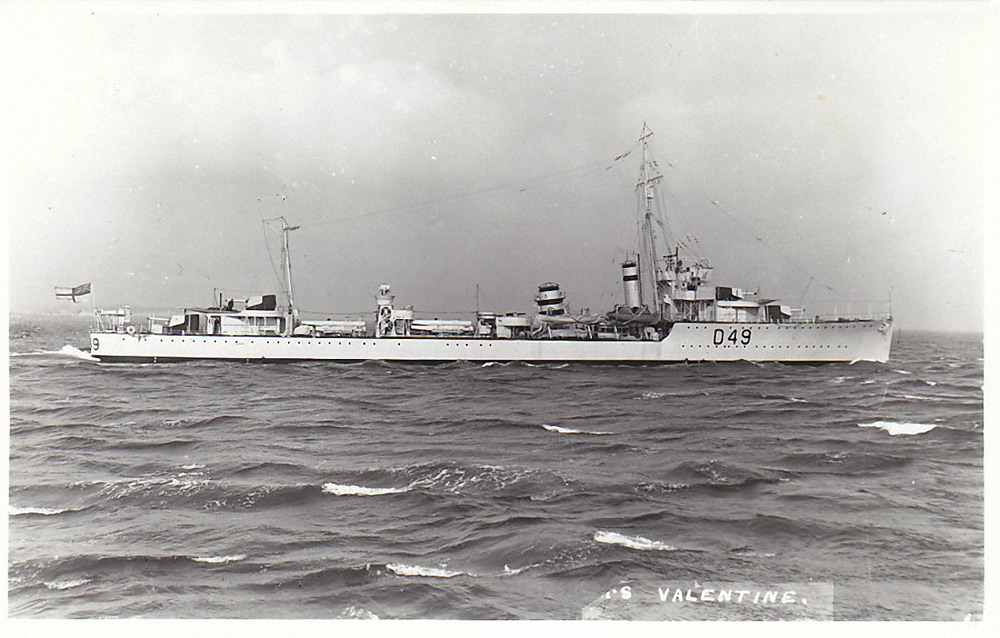
| Cdr Charles A. Fremantle, RN (28
May 1917 – 20 March, 1919) Cdr Aubrey T. Tillard RN (17 Jan. 1919 – 7 July, 1919) Cdr Evelyn C. O. Thomson, RN (7 July, 1919 – 28 Dec. 1920) Cdr Ernest H. B. Williams, RN (28 Dec. 1920 – 7 Aug. 1922) Cdr Henry P. Boxer, RN (7 Aug. 1922 – 6 April, 1923) Cdr James R. C. Cavendish, RN (6 April, 1923 – 3 Jan. 1924) Cdr John I. Hallett, RN (3 January, 1924 – 28 Aug. 1924) Cdr Claude L. Bate, RN (28 Aug. 1924 – August, 1925) Cdr Arthur E. H. Wright, RN (27 July, 1925 – 27 July, 1927) |
Cdr Geoffrey
S. Holden, c. late 1927 Cdr Henry H. Bousfield, RN (2 May, 1928 – 13 Aug. 1928) Cdr William E. B. Magee, RN (24 August, 1928 – May, 1929) Capt William T. Makeig-Jones, RN (9 April 1931 – 1931) Capt Robert C. Woollerton, RN (28 Dec. 1931 - ?) Capt Denis W. Boyd, RN (12 April, 1932 – mid April, 1933?) Cdr Herbert A. C. Lane, RN (18 April, 1933 - ?) Cdr Herbert J. Buchanan, RN (1 Feb. 1940 – 15 May, 1940) ship lost under his command |
| Before World War II: Lt John Wellington Hall RN (April- June 1933) When lost: Cdr Herbert J. Buchanan, RN (1 Feb. 1940 – 15 May, 1940) Lt C.E. Sheen RN (10 Jan - 14 May 1940) Wt Eng J.J. Hammond RN (29 Jan - 14 May 1940) Gunner S.F. Burrow RN (24 Oct 1939 - 14 May 1940) Surgeon Lt N. F. E. Burrows RNVR ( 28 March - 14 May 1940) Sub Lt E.J. Halls RNR (26 March - 14 May 1940) |
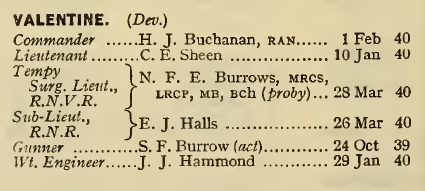 |
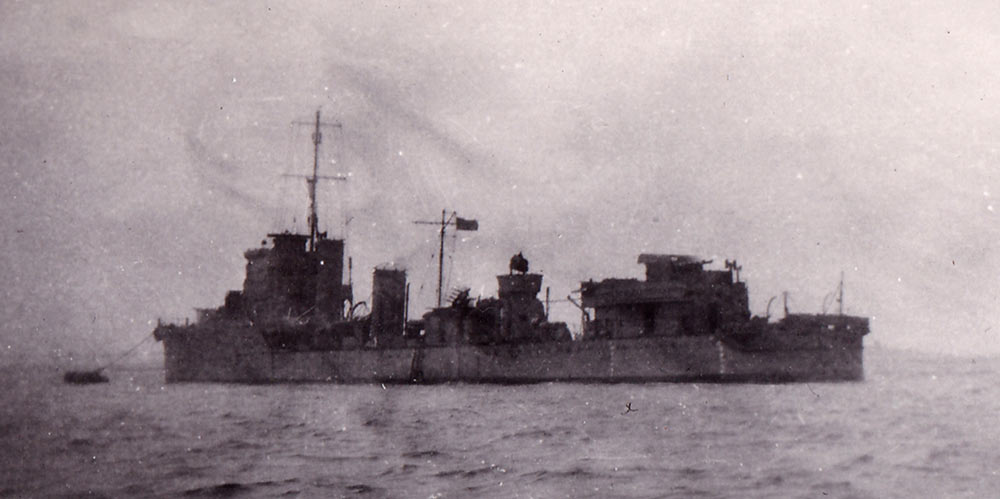
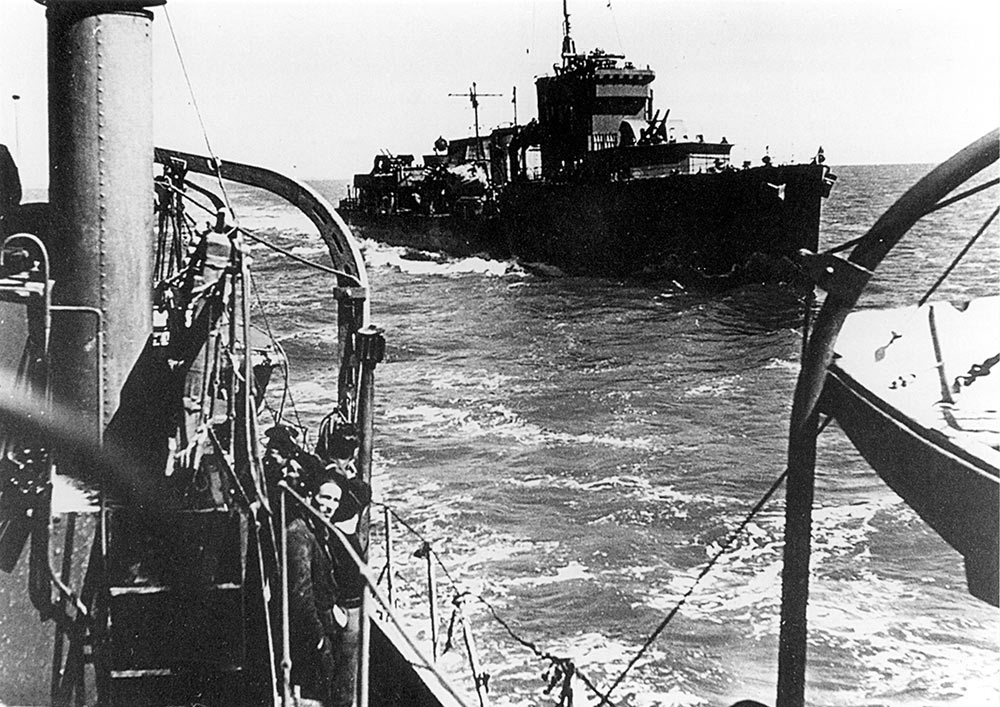
| ATKINSON, Colin S J, Ordinary
Seaman, D/SSX 32227, killed BAWDEN, Joseph A, Act/Engine Room Artificer 4c, D/MX 62521, killed BIRD, Harry, Petty Officer, D/J 79564, missing BRENNAN, Frederick, Ordinary Seaman, D/JX 169634, killed COTTON, Ronald G, Act/Engine Room Artificer 4c, D/MX 62856, killed CUTTER, Claude K H, Engine Room Artificer 4c, D/MX 54818, killed EDWARDS, Frederick, Ordinary Seaman, P/JX 175469, killed FORD, Robert A, Telegraphist, RNW(W)R, C/WRX 99, k FRY, Dennis C, Stoker 1c, D/K 64708 B 16064, killed GOLDSMITH, Leslie G, Leading Stoker, D/KX 80634, DOW GRUMMETT, Joseph, Ordinary Seaman, D/SSX 32257, killed HENDERSON, Alfred R B, Stoker Petty Officer, D/KX 77646, killed HOWARD, James A, Petty Officer, P/J 114072, killed HOWELLS, Thomas, Ordinary Seaman, D/SSX 32255, killed JARVIS, Alfred W J, Ordinary Seaman, D/SR 8659, killed |
KELLAWAY, Albert, Act/Leading
Stoker, D/KX 86319, killed KENSEY, John, Able Seaman, D/SSX 17557, MPK LIVESEY, John, Seaman, RNR, D/X 20222 A, killed MARLOW, Harry H, Stoker Petty Officer, D/K 59890 Pens No 2404, killed MAXWELL, James, Able Seaman, D/SSX 20090, MPK MILLAR, Robert MCC, Petty Officer, D/JX 130041, killed MORRIS, James P, Stoker Petty Officer, D/KX 77449, killed NEWBERT, Daniel, Ordinary Seaman, D/SR 8473, killed NORTON, Frank, Leading Seaman, RFR, D/J 94494 B 15262, killed PIERCY, George A, Stoker 1c, D/KX 85462, killed POTTER, Ernest J, Stoker Petty Officer, D/K 22322 Pens No 15685, killed SHEPHERD, Harold R, Leading Cook, D/MX 50838, DOW WELLMAN, Henry, Assistant Cook, D/MX 62362, DOW WILLIS, Walter L, Ordinary Seaman, D/JX 169596, DOW |
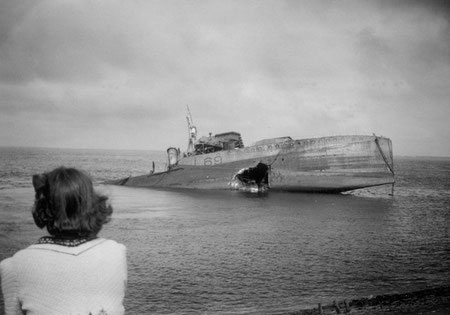
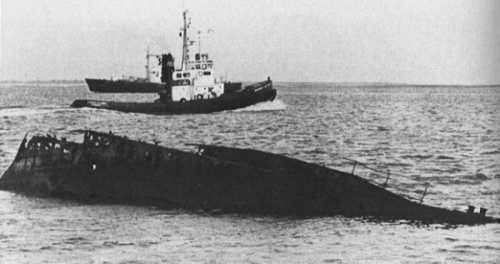
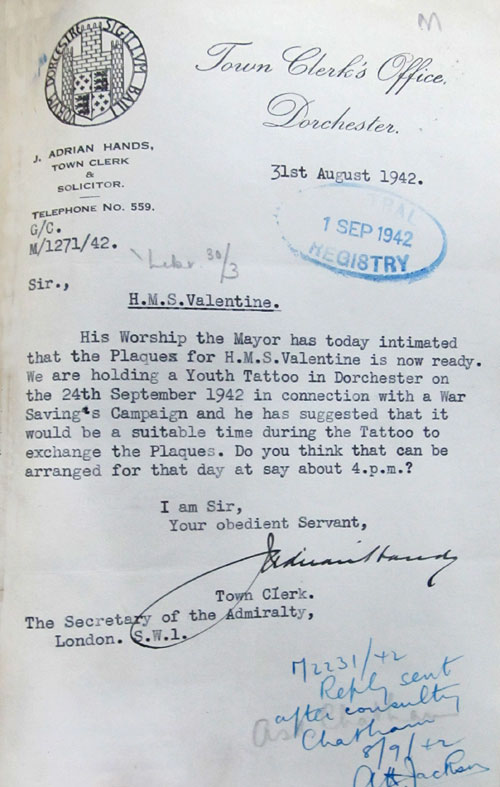 Warships Week in Dorchester
Warships Week in Dorchester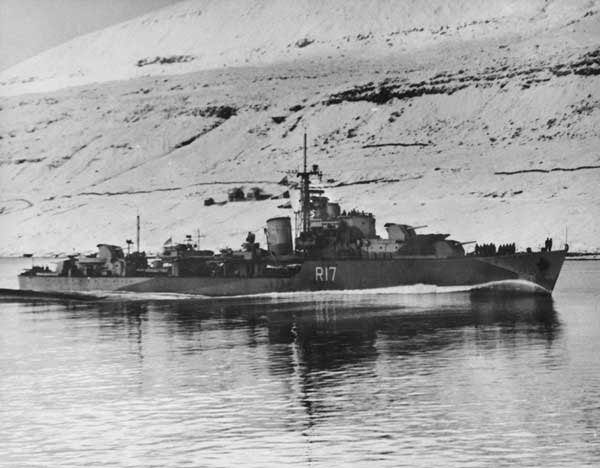 HMS Valentine
HMS Valentine